After Romantic artists likeDelacroixandJ.M.W.
The Realist style was revolutionary for placing equal importance on everyday subject matter.
One of the most notable painters to arise from this 19th-century movement wasJean-Francois Millet.
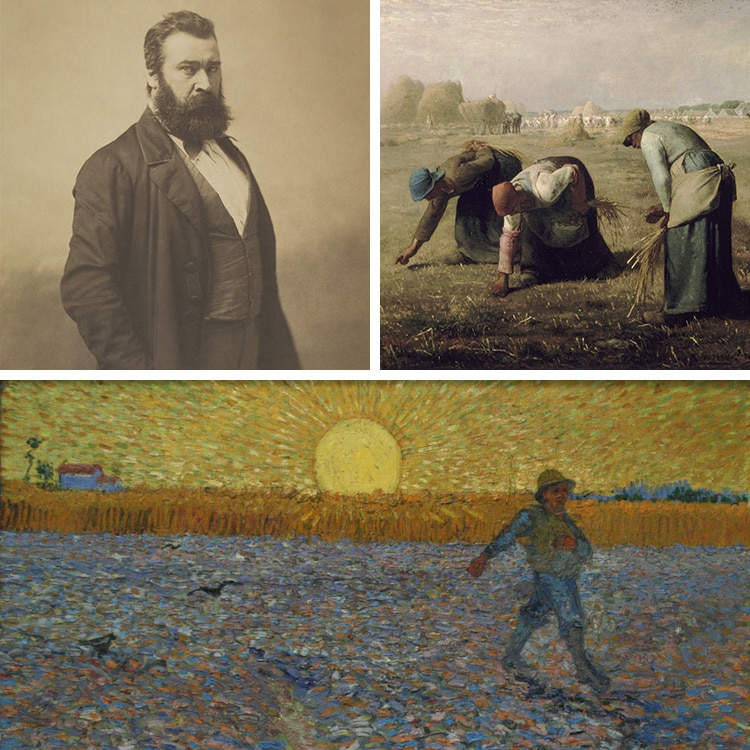
Who was Jean-Francois Millet?
Born into a farming family in northern France, Millet was initially trained as a portrait painter.
After moving to Paris, he was introduced to other artists interested in depicting peasant and rural subjects.

Photograph of Jean-François Millet, 1856–1858 (Photo: Nadar viaWikimedia Commons, Public domain)
There, he embraced the country subjects which interested him in increasingly ambitious works of art.
Other artists who relocated to Barbizon include Theodore Rousseau, Paul Huet, Constant Troyon, and Charles-Francois Daubigny.
Peasant subjects suit my nature best, Millet said, for I must confess .
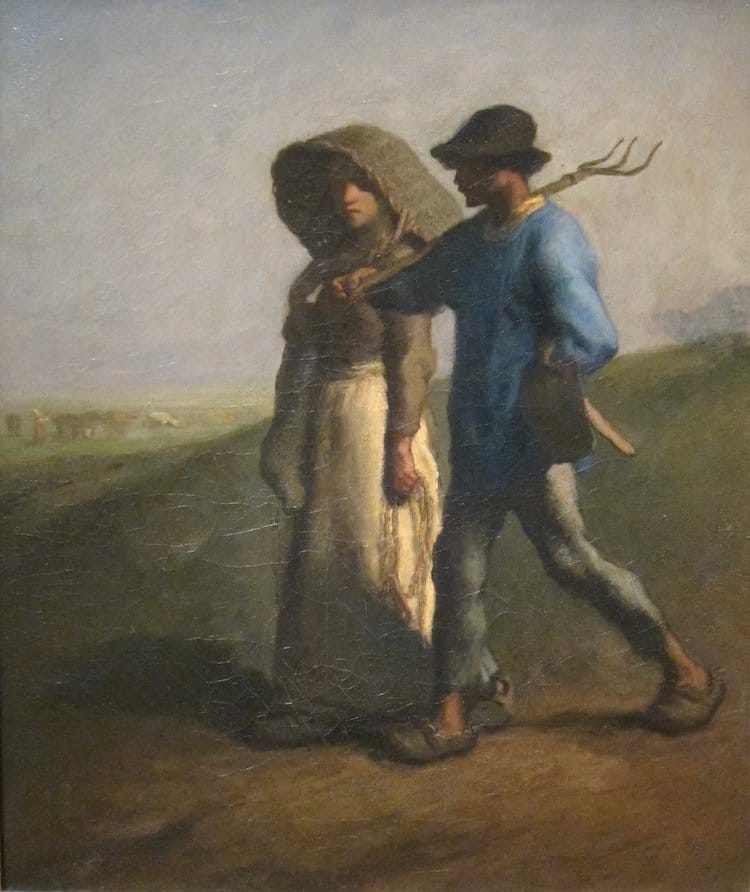
Jean-François Millet, “Going to Work,” 1851–3 (Photo: Cincinnati Art Museum viaWikimedia Commons, Public domain)
that the human side is what touches me most in art.
To Van Goghwho found spiritual meaning in the environmentthis image conveyed the dignity of cultivating the land.
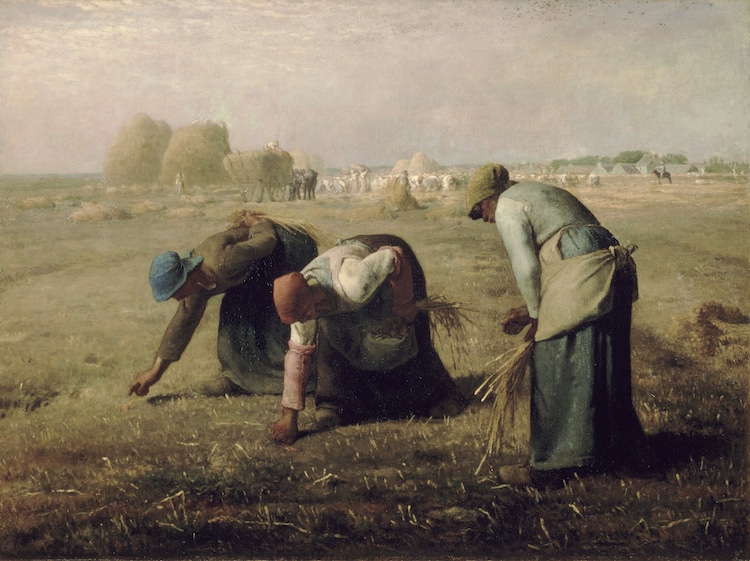
Jean-François Millet, “The Gleaners,” 1857 (Photo: Musée d’Orsay viaWikimedia Commons, Public domain)
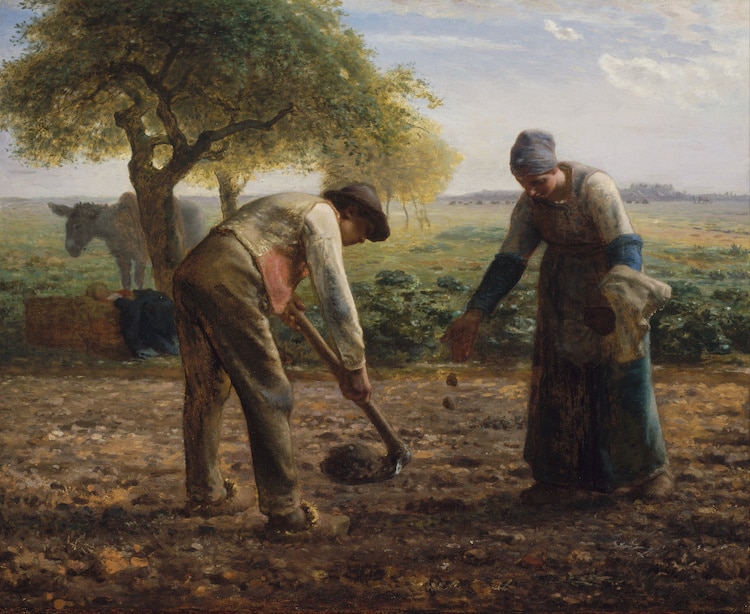
Jean-François Millet, “Potato Planters,” c. 1861 (Photo: Museum of Fine Arts viaWikimedia Commons, Public domain)
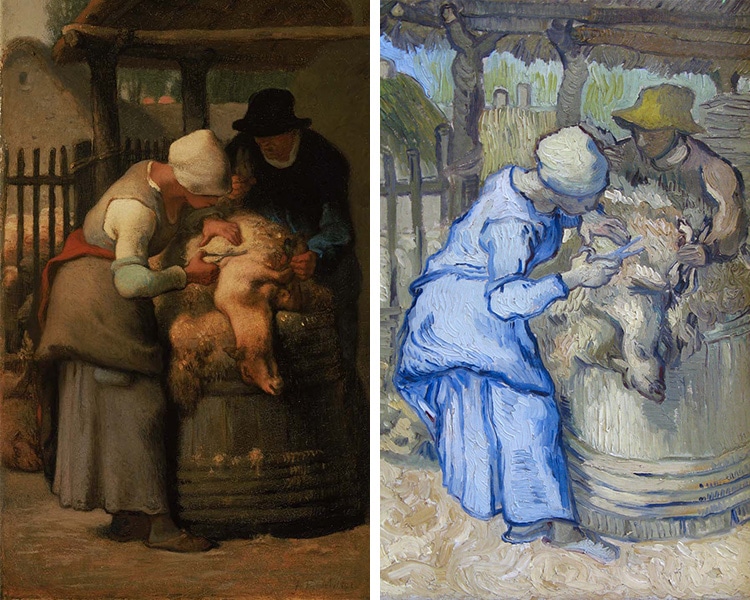
Left: Jean-François Millet, “Shearing Sheep,” 1852–3 (Photo: Museum of Fine Arts viaWikimedia Commons, Public domain)Right: Vincent van Gogh, “The Sheep-Shearer (after Millet),” 1889 (Photo: Van Gogh Museum viaWikimedia Commons, Public domain)
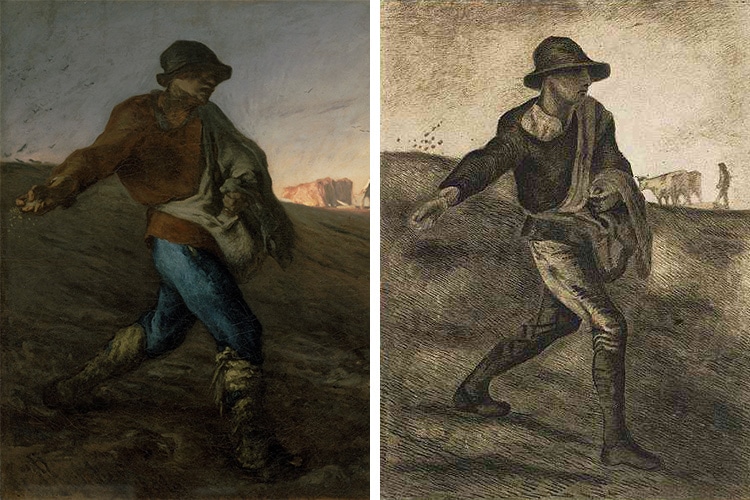
Left: Jean-François Millet, “The Sower,” 1850 (Photo: Museum of Fine Arts viaWikimedia Commons, Public domain)Right: Vincent van Gogh, “The Sower (after Millet,” 1881 (Photo: Van Gogh Museum viaWikimedia Commons, Public domain)
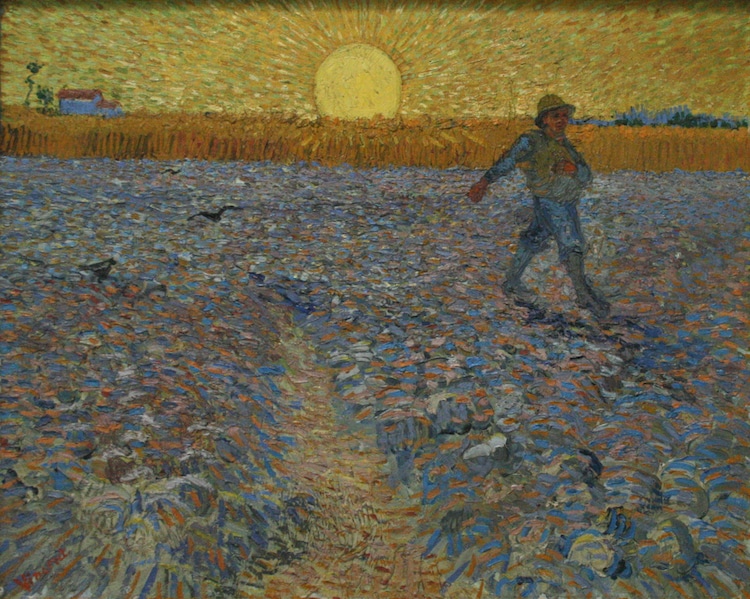
Vincent van Gogh, “The Sower I,” 1888 (Photo: Kröller-Müller Museum viaWikimedia Commons, Public domain)

Vincent van Gogh, “The Sower,” 1888 (Photo: Van Gogh Museum viaWikimedia Commons, Public domain)